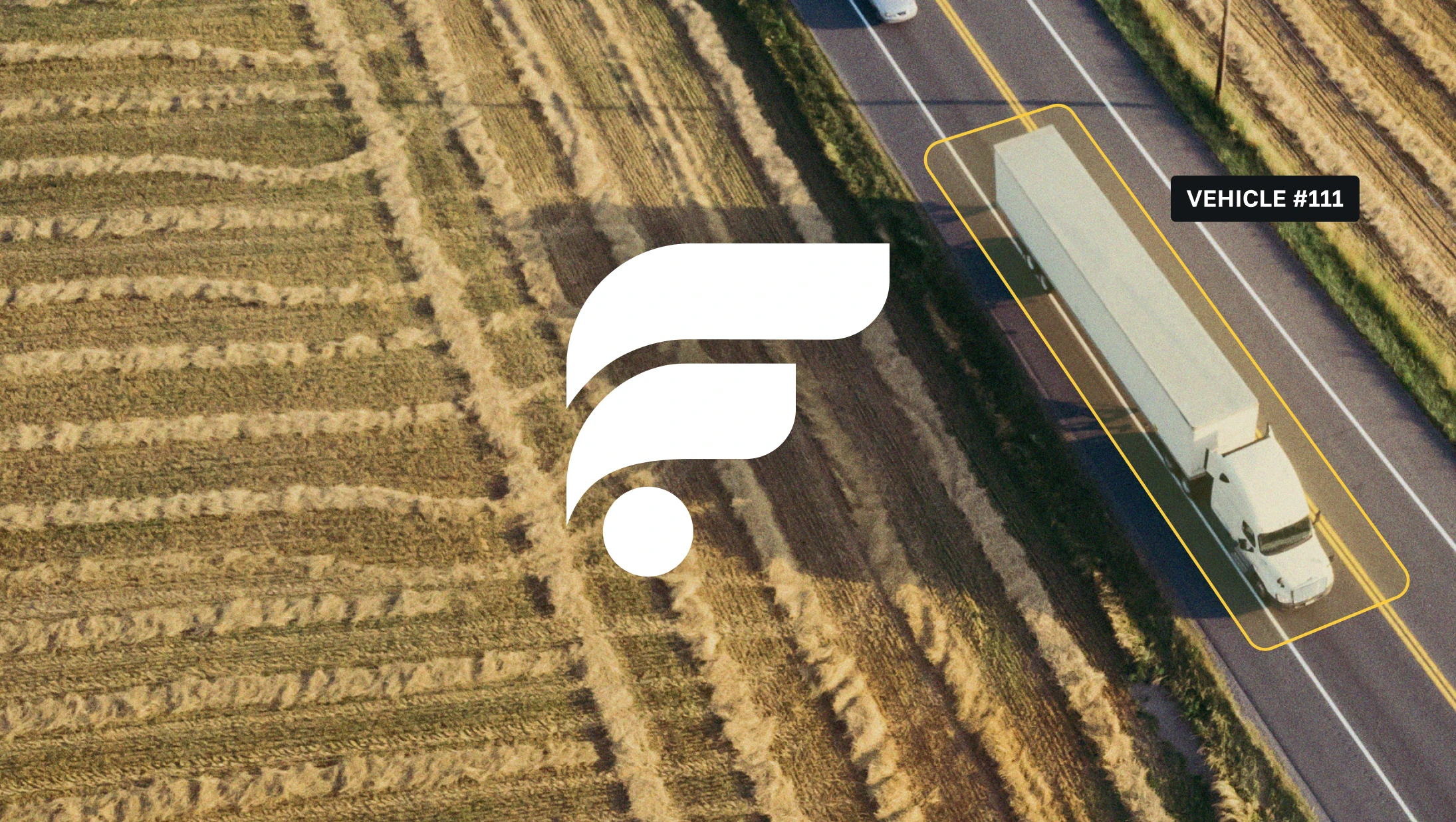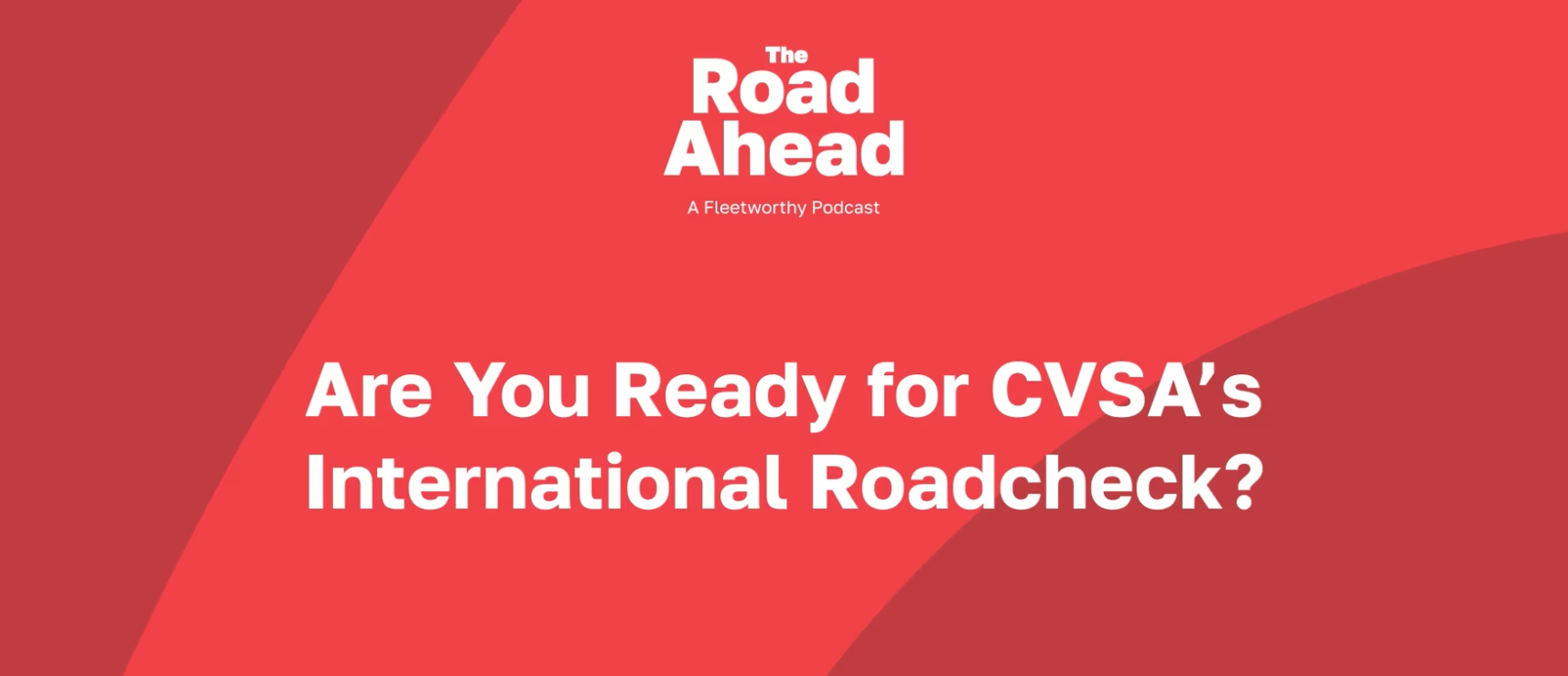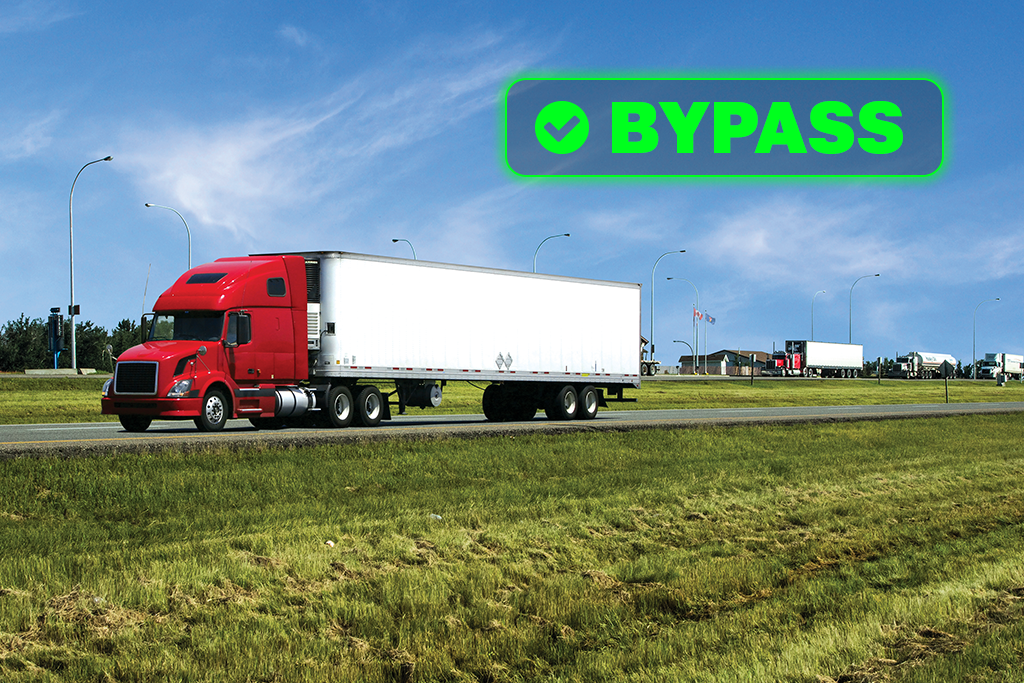CVSA’s International Roadcheck is May 13–15, 2025, and this year’s focus is tires and hours of service (HOS). The annual inspection blitz spans the U.S., Canada, and Mexico—making it the largest commercial vehicle inspection initiative in North America. More than 40,000 inspections were conducted in 2024.
Todd James, Drivewyze by Fleetworthy Program Manager and former Colorado State Patrol Sergeant, shared expert insights on what to expect during Roadcheck and how fleets can proactively prepare.
What Is Roadcheck?
Roadcheck is a 72-hour annual inspection initiative led by the Commercial Vehicle Safety Alliance (CVSA), during which thousands of certified inspectors conduct roadside inspections at weigh stations, inspection sites, and mobile patrols across North America. It’s a full-scale operation—local, state, provincial, territorial, and federal inspectors all participate.
Why It Matters:
- 14 million commercial vehicles operate across the U.S., but only about 3.5 million get inspected annually.
- Roadcheck accounts for a significant portion of these inspections, making it a key compliance moment for fleets of all sizes.
Focus Areas for 2025: Tires and Hours of Service
Tire Safety:
Tires are the third most common vehicle violation—behind brakes and lights—but often the easiest to prevent.
Tips from Todd:
- Conduct thorough pre-trip inspections: check for adequate tread depth, sidewall integrity, and proper inflation.
- Understand that steer axle tires are under stricter scrutiny and can cause catastrophic crashes if they fail.
- Don’t wait for a roadside breakdown—mobile tire repair is costly, and out-of-service orders will disrupt deliveries.
Hours of Service (HOS):
Inspectors will be focusing on proper use of Electronic Logging Devices (ELDs), with a particular eye on:
- Transferring logs/records of duty status from ELDs to inspectors. Drivers should know – in advance – how to transfer these records, before they are asked to do so.
- Misuse of personal conveyance to mask driving time. Legitimate use of personal conveyance is allowed, of course, but inspectors will scrutinize drivers logs to detect misuse (e.g., drivers inappropriately claiming personal conveyance when moving freight in commerce.
- False logbooks, which are a major red flag and lead to increased audit risk. Inspectors will seek to identify instances when drivers claimed to be off duty, but were actually performing work (e.g., unloading freight, refueling).
Fleet Tip: Ensure drivers are trained to navigate their ELD system and understand the federal rules around personal conveyance and short-haul exemptions.
Three Inspection Levels You Might Encounter
| Inspection Level | What’s Covered |
| Level I | Full 37-point check: driver credentials, ELDs, mechanical systems (brakes, lights, suspension, etc.) |
| Level II | Walk-around inspection: same credential checks, limited mechanical review |
| Level III | Driver-only: licenses, HOS logs, and paperwork |
Vehicles or drivers may be placed out of service (OOS) if a serious violation is found. That means they can’t move until repairs or corrections are made.
How Fleets Should Prepare
Todd emphasized a few key fleet-side strategies:
- Build a culture of safety: Enforce pre-trip/post-trip inspections and support driver training.
- Audit your systems now: Ensure your ELD data is being monitored, your DVIRs are up-to-date, and tire maintenance is on schedule.
- Communicate with drivers: Let them know inspection times can vary from 20 minutes to over an hour, impacting delivery schedules.
Fleetworthy’s technology suite of compliance and safety solutions—from HOS management to proactive in-cab alerts—can help ensure your fleet remains not just compliant, but beyond compliant.
The Good News: Most Fleets Are Doing It Right
In 2024:
- 77% of vehicles had no out-of-service violations.
- 95.2% of drivers passed inspection without being placed out of service.
That’s a strong indicator that when fleets take Roadcheck seriously, the results show. It’s not just about avoiding violations—it’s about protecting drivers, reducing downtime, and maintaining strong CSA scores.
Final Advice
“Roadcheck isn’t adversarial. It’s an opportunity. Get your clean inspections. Improve your safety score. Use it as a training moment for drivers—and a compliance check for your operation.”
Todd James, Program Manager, Drivewyze by Fleetworthy
Listen to the entire conversation on The Road Ahead.




